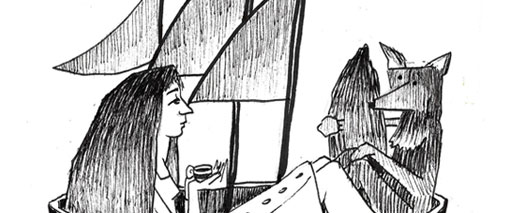Culture Shock: Translating Memory In Eight Languages
New Book Series Explores The Stories Of Refugee Children


“Leaving Kabul”
Zahra Marwan

Artist Zahra Marwan unpacks her experiences as Kuwaiti and New Mexican
Zahra Marwan








